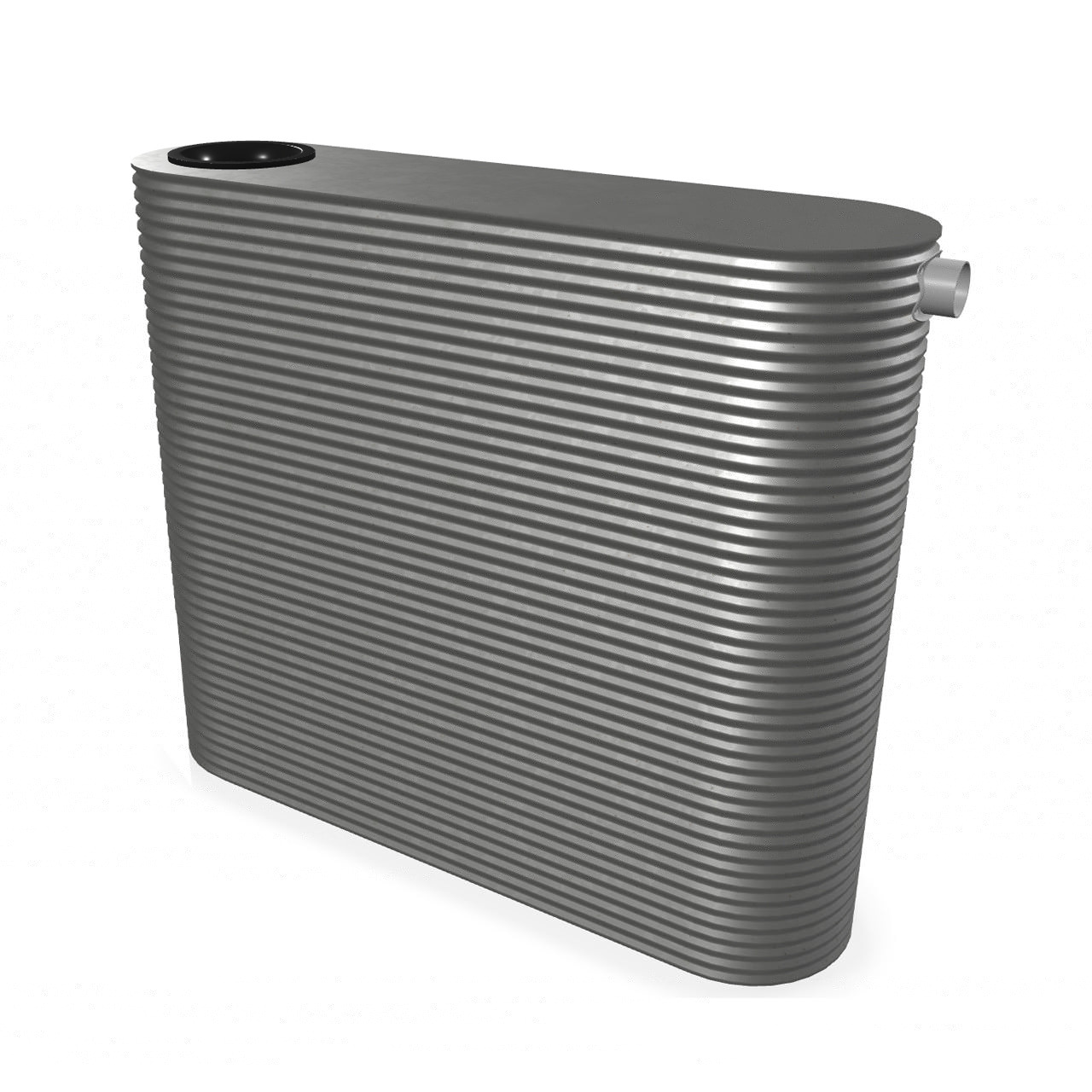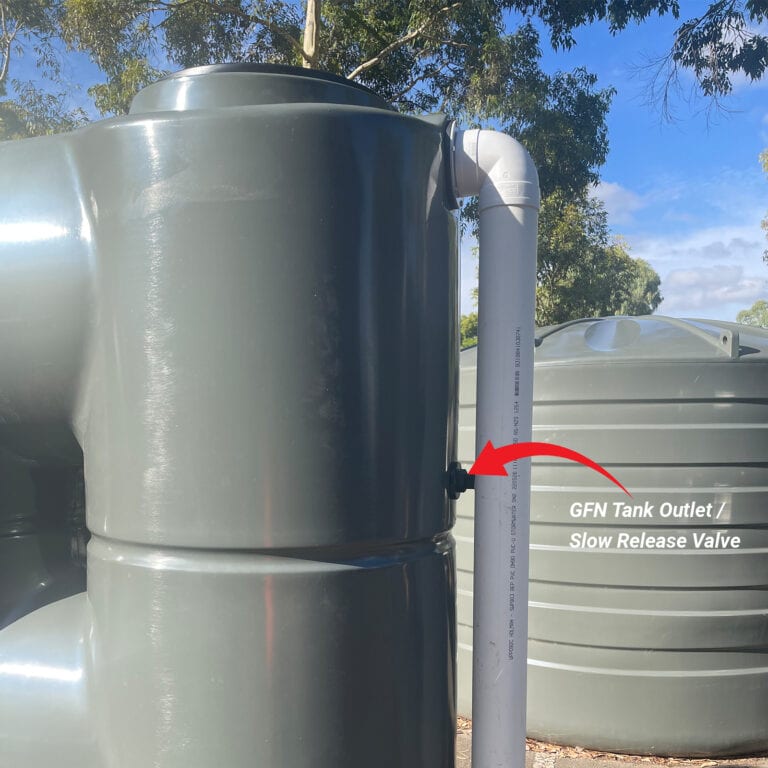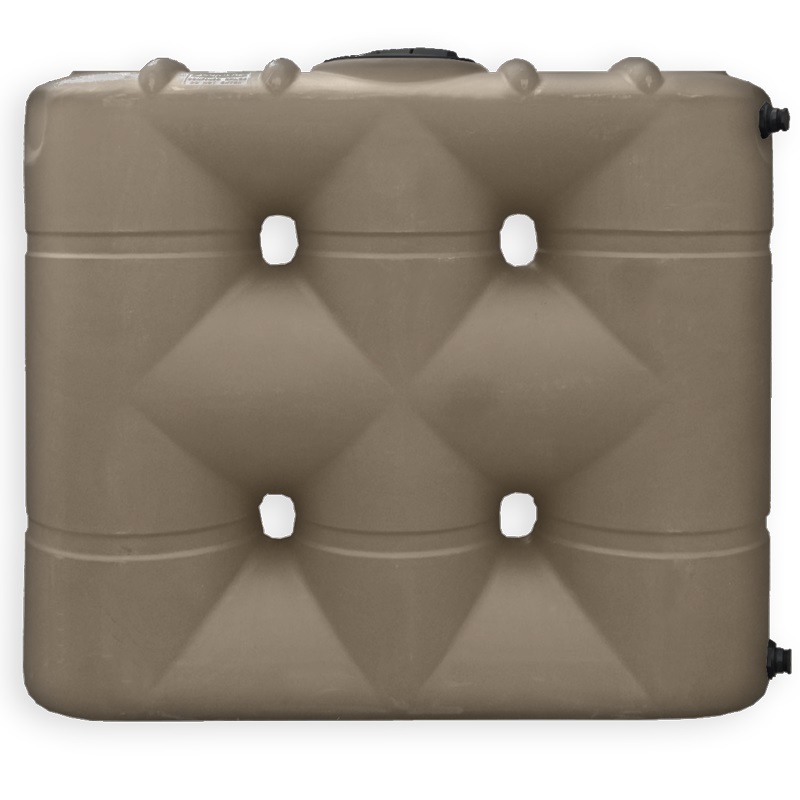Cost Effective Slimline Water Tanks: Maximize Your Rain Harvesting
Comprehending the Value of Rainwater Storage Tanks in Drought-Prone Regions for Water Safety
In areas at risk to extended dry spells, the function of rain tanks in boosting water protection is a subject of growing relevance. As communities face the challenges of water deficiency, recognizing the significance of these tanks surpasses simple collection of rain. Rain containers offer as an important tool in mitigating the impact of water lacks by supplying a sustainable source of water for various demands. Nonetheless, real worth of rain containers prolongs much past simple storage space; it includes resilience-building steps and the promo of long-term water conservation strategies. This diverse strategy to water safety and security warrants a more detailed evaluation of the duty rain tanks play in making sure a dependable water during times of drought.
Benefits of Rainwater Storage Tanks
Making use of rain containers offers a sustainable service for enhancing water system and improving water safety in property and industrial setups. Among the main benefits of rainwater containers is their capacity to decrease reliance on mains supply of water. By catching and storing rainwater that drops on roofs, this alternate resource can be made use of for numerous non-potable functions such as irrigation, flushing toilets, and cleaning clothing. This not only saves treated alcohol consumption water however additionally decreases water costs for individuals.

Rainwater Harvesting Techniques
Rain harvesting strategies incorporate a variety of methods made to successfully gather and store rain for different purposes, adding to water conservation and sustainability. Another popular strategy is the use of above-ground or below ground storage space tanks to save rainwater for later usage.

Moreover, rainfall gardens and permeable sidewalks are innovative methods that entail landscaping or paving surface areas in such a way that allows rain to percolate right into the ground, replenishing groundwater books. In addition, contour farming and terracing are agricultural methods that aid capture rainwater and protect against soil erosion in uneven surface. By applying these diverse rainwater harvesting methods, areas can enhance water safety and security and strength in drought-prone regions while promoting sustainable water administration techniques.
Importance of Water Safety And Security
Making sure reliable access to clean and sufficient water sources is vital for sustaining human wellness, economic development, and environmental wellness. Water safety is a crucial aspect of societal durability, especially in areas prone to dry spells and water deficiency. Adequate water safety and security includes different dimensions, including availability, quality, and ease of access of water for residential, agricultural, industrial, and environmental needs.
Water security plays a vital duty in advertising public wellness by lowering the occurrence of waterborne illness and making sure cleanliness find out this here facilities. Economically, water security is important for agricultural productivity, commercial operations, and overall economic growth. Slimline water tanks. In addition, water safety is very closely linked to ecological sustainability, as it sustains environments, biodiversity, and general environmental balance.
In drought-prone areas, water safety and security comes to be also a lot more vital due to the enhanced risk of water scarcities. Executing strategies like rain harvesting, water recycling, and efficient water administration practices can dramatically enhance water protection in these areas. By focusing on water safety and security, areas can better hold up against the effects of environment change, population development, and other difficulties that threaten water availability.
Enhancing Water Strength
With increasing worldwide water obstacles, building durability in water supply has actually ended up being a crucial focus for lasting growth efforts. Enhancing water durability includes best site applying techniques to make certain water availability and high quality despite changing environmental conditions, such as droughts, floodings, and air pollution.
One key element of boosting water strength is promoting the use of rain tanks in drought-prone regions - Slimline water tanks. Rain containers serve as an effective means of catching and keeping rain for later usage, reducing reliance on scarce freshwater sources throughout dry periods. By incorporating rain harvesting systems right into water monitoring plans, communities can enhance their ability to endure water shortage and preserve water protection

Sustainable Water Preservation
Among escalating water difficulties, the sensible monitoring of water resources with lasting preservation practices is critical for guaranteeing long-lasting ecological security and social well-being. Sustainable water conservation involves the effective use water sources to fulfill present demands without compromising the ability of future generations to meet their own demands. By carrying out methods such as rain harvesting, greywater recycling, and water-efficient modern technologies, areas can reduce water wastage and reduce pressure on freshwater sources.
Additionally, lasting water preservation techniques add to ecosystem wellness by maintaining adequate water degrees in rivers, lakes, and marshes, sustaining biodiversity, and protecting all-natural habitats. These practices also play an important function in reducing the impacts of climate adjustment by aiding to adjust to altering precipitation patterns and water accessibility.

Conclusion
In conclusion, rain tanks play a vital function in improving water safety and security and resilience in drought-prone regions. By making use of rainwater harvesting strategies, areas can decrease their dependence on traditional water sources and advertise lasting water conservation practices. why not try these out This not only assists minimize the impacts of water scarcity during dry spells yet additionally adds to long-term water safety and resilience when faced with environment adjustment obstacles.